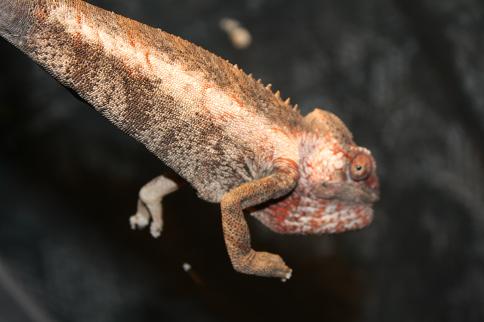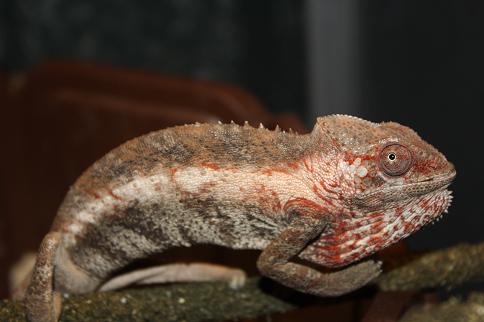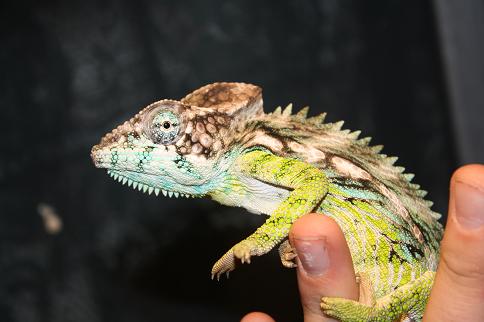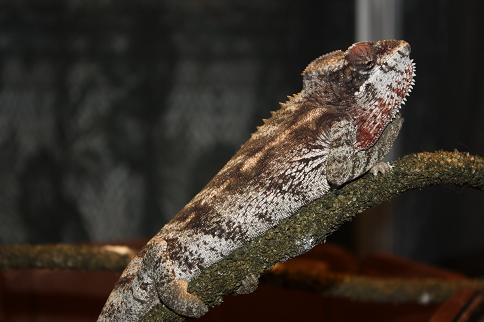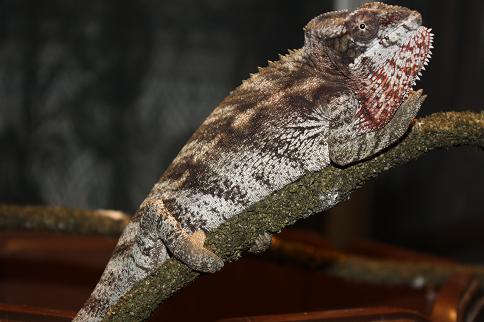Chase
Chameleon Enthusiast
Hello all!
Well I have my female Verrucosus Chameleon still hasn't laid her eggs yet. On Tuesday, it will be 3 months from breeding. I showed her the male today, just to see if she'd react, and she showed nonreceptive/gravid coloration. I uploaded pictures to show colors, for future reference for anyone else who is looking for these specific colors. Also one of the fired up male, he's looking good, if I do say so myself .
.
LPR08
Well I have my female Verrucosus Chameleon still hasn't laid her eggs yet. On Tuesday, it will be 3 months from breeding. I showed her the male today, just to see if she'd react, and she showed nonreceptive/gravid coloration. I uploaded pictures to show colors, for future reference for anyone else who is looking for these specific colors. Also one of the fired up male, he's looking good, if I do say so myself
LPR08


